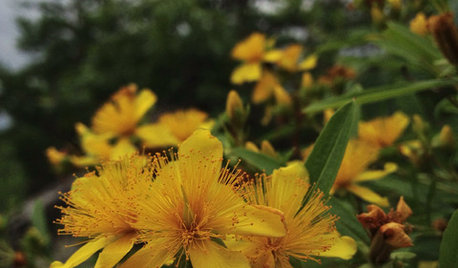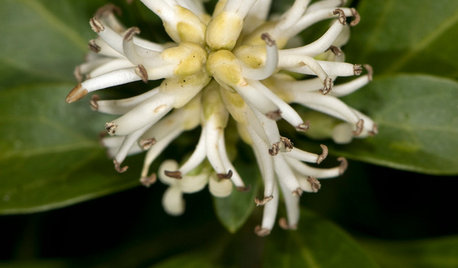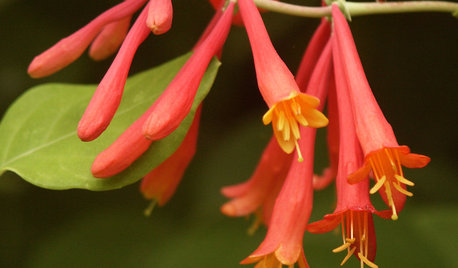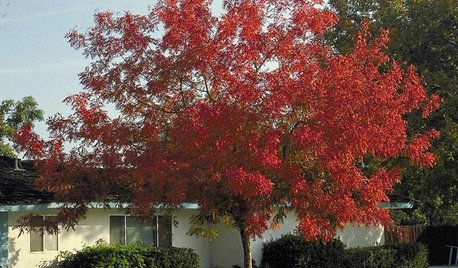killing the invasive yaupon!!!!
calsmom
17 years ago
Featured Answer
Comments (34)
prettyphysicslady
17 years agoflgargoyle
17 years agoRelated Professionals
Windham Landscape Architects & Landscape Designers · Elwood Landscape Architects & Landscape Designers · Mountain Brook Landscape Architects & Landscape Designers · Englewood Landscape Contractors · Manhattan Landscape Contractors · McLean Landscape Contractors · Peoria Landscape Contractors · Reedley Landscape Contractors · Seymour Landscape Contractors · Oxon Hill Landscape Contractors · Forest Hill Landscape Contractors · North Hills Landscape Contractors · Dana Point Fence Contractors · Brunswick Siding & Exteriors · Richmond Siding & ExteriorsIris GW
17 years agocalsmom
17 years agodebndal
17 years agoalabamatreehugger 8b SW Alabama
17 years agocalsmom
17 years agoterryt9
17 years agoladyslppr
17 years agoSbj1095_aol_com
12 years agoStevenDouglas
12 years agoreyesuela
12 years agos8us89ds
12 years agojonjonbear
11 years agoalabamatreehugger 8b SW Alabama
11 years agoWeedpuller4Ever
10 years agos8us89ds
10 years agosandy808
10 years agodocmom_gw
10 years agoBarbara Meli
10 years agojcalhoun
10 years agoBarbara Meli
10 years agojcalhoun
10 years agowisconsitom
10 years agojrt748
9 years agodatabaseking_1
8 years agowisconsitom
8 years agoAlicia Bush
5 years agoSteven Shirley
2 years agoMia Nomo
2 years agoHU-568761108
2 years agoHU-10832956
2 years agoHU-316079135
last year
Related Stories

GARDENING GUIDESDo You Have This Invasive Plant in Your Yard?
Garlic mustard is spreading across the U.S. Here’s how to spot it and what to do
Full Story
GARDENING GUIDESHerb Garden Essentials: Grow Your Own Delicious Mint
Pull out a pot for this one. Mint's spreading habit and hard-to-kill nature can be a blessing — if you're properly prepared
Full Story
GARDENING GUIDES6 Plants That Beat Butterfly Bush for the Wildlife Draw
It's invasive, a nonnative and a poor insect magnet. Check out these better alternatives to butterfly bush in the garden
Full Story
GARDENING GUIDESHypericum Prolificum Brings the Best of St. Johnswort to the Garden
This eastern North American species pairs bright yellow summer flowers with compact shrubbery
Full Story
GARDENING GUIDESHow to Use Pachysandra Responsibly in the Landscape
It's tops at covering lots of ground quickly, but be sure this low evergreen plant doesn't spread where it shouldn't
Full Story
GARDENING GUIDESGreat Design Plant: Lonicera Sempervirens
Grow this long-blooming, flashy flowering vine to cover a fence or arbor and attract hordes of hummingbirds all season long
Full Story
FARM YOUR YARDHow to Build a Raised Bed for Your Veggies and Plants
Whether you’re farming your parking strip or beautifying your backyard, a planting box you make yourself can come in mighty handy
Full Story
GARDENING GUIDESGarden-Friendly Native Alternatives to Overplanted Exotics
There are lots of gorgeous, wildlife-friendly native plants ready to make an appearance in your garden
Full Story
GARDENING GUIDESGreat Design Plant: Sambucus Nigra
Common elderberry is a highly adaptable shrub from the eastern U.S., with berries galore for wildlife and humans alike
Full Story
RED FOLIAGEGreat Design Plant: Chinese Pistache
Versatile and easygoing, this tree puts on a guaranteed fall spectacle in the landscape
Full StoryMore Discussions







docmom_gw